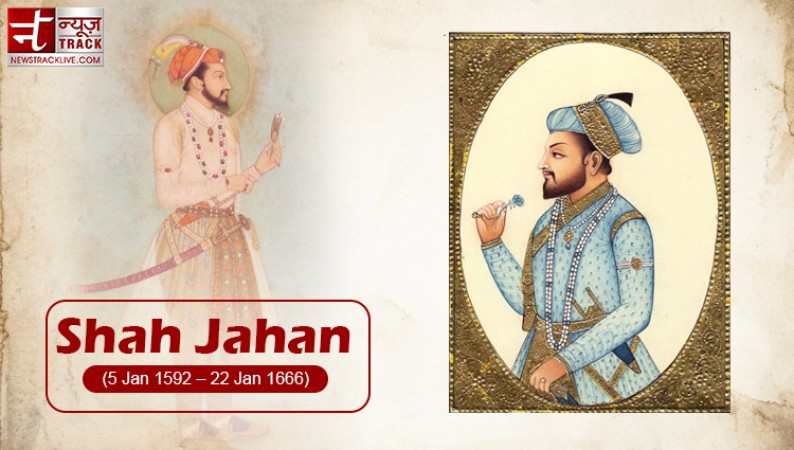
Shahab-ud-din Muhammad Khurram, better known by his regnant name Shah Jahan, was the fifth Mughal emperor, who was born on 5th January, 1592.
Shah Jahan was a Mughal Emperor of Southern Asia who ruled from 1627 to 1658. His name, together with the name of his wife Mumtaz Mahal, is connected with the presence and continuing popularity of the Taj Mahal. Shah Jahan, the son of Emperor Jahangir, was born in Lahore, Pakistan, in 1592 as Prince Shihab-ud-din Muhammad Khurram. His grandfather Akbar the Great gave him the Persian name Khurram, which means "joyful" in English. Shah Jahan's father bestowed the title "Shah Jahan Bahadur" upon him as a result of his son's early military prowess against a variety of foes, including Mewar, the Lodi in the Deccan, and Kangra. He was not just an astute military commander; he was also a gifted builder, as evidenced by the redesign of several structures inside the fort at Agra. "The Builder of the Marvels" was one of many titles he had acquired, and it will soon be shown to be the most meritorious.
Shah Jahan's most crucial period in history began in 1607, when he was 15 and engaged to Arjumand Banu Begum, the young granddaughter of a Persian noble, who was just 14 at the time. After their marriage in 1612, Arjumand was without a doubt his true love. She was given the name Mumtaz Mahal, which means "Jewel of the Palace," by Khurram after he found her to be the most attractive and admirable of all the women at the time.
The construction of this monument, known as the "Taj Mahal," which houses Mumtaz Mahal and Shah Jahan, took 22 years and 22,000 workers.
Shah Jahan became ill in 1657, and Dara, Mumtaz Mahal's eldest son, took control of his father's throne. Along with his younger brothers Shuja and Murad, his other son Aurangzeb marched into Agra to take their share. After defeating Dara's forces, they placed their father Shah Jahan under house arrest in the Agra Fort and deemed him incapable of ruling. After Shah Jahan passed away in prison in 1666, his body was gently taken by two men and put next to Mumtaz.
Along with the Taj Mahal, one of the Seven Wonders of the World, Shah Jahan's name, which in Persian means "King of the World," is also associated with the Red Fort of Delhi, Jama Masjid of Delhi, Section of Agra Fort, Wazir Khan Mosque, and Moti Masjid in Lahore, Pakistan.